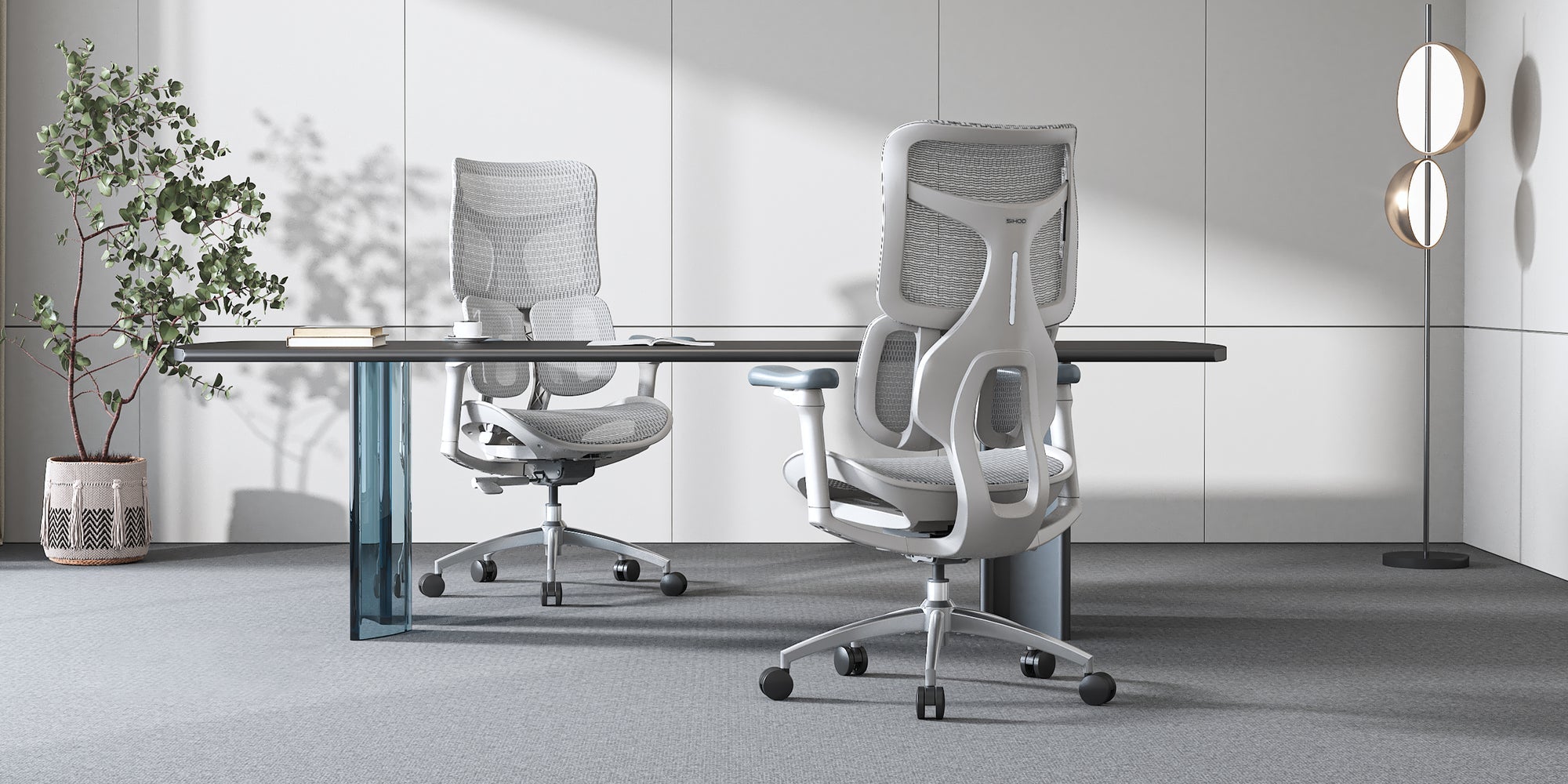Office chairs are essential tools in the modern workplace, providing comfort and support for prolonged periods of sitting. However, like any piece of furniture, they are susceptible to wear and tear over time. Understanding the components of office chairs that are most likely to break can help users anticipate potential issues and make informed decisions when purchasing or maintaining these chairs. In this article, we will delve into the various parts of office chairs and identify the weak points that may lead to breakage.
Chair Base
The base of an office chair serves as its foundation, supporting the weight of the user and providing stability. Typically made of plastic or metal, chair bases are often equipped with casters for mobility. However, the base is also one of the most common areas where breakage occurs.
a. Plastic Bases: While plastic bases are lightweight and affordable, they may lack the durability of metal bases. Over time, stress and pressure from frequent use can cause plastic bases to crack or break, compromising the chair's stability.
b. Metal Bases: Metal bases are generally more robust than their plastic counterparts, but they are not immune to damage. Rust and corrosion can weaken metal bases, especially in humid or corrosive environments. Additionally, poor welding or manufacturing defects can lead to structural failures.
Casters
Casters, or wheels, are attached to the base of office chairs to facilitate movement across various surfaces. While they enhance mobility and flexibility, casters are susceptible to wear and tear, particularly in high-traffic areas.
a. Plastic Casters: Many office chairs come equipped with plastic casters, which are affordable and suitable for smooth surfaces. However, plastic casters may wear down quickly, especially on rough or uneven floors. Excessive friction and debris buildup can cause them to crack or break, impeding the chair's movement.
b. Metal Casters: Metal casters offer greater durability and weight capacity than plastic casters, making them suitable for heavy-duty use. However, metal casters can still suffer from issues such as rust, corrosion, and axle failure. Proper maintenance, including regular cleaning and lubrication, can help prolong the lifespan of metal casters.
Chair Mechanism
The chair mechanism controls the reclining and tilting functions of office chairs, allowing users to adjust their seating position for comfort and ergonomics. Common types of chair mechanisms include synchro-tilt, knee-tilt, and multi-function mechanisms.
a. Synchro-Tilt Mechanism: Synchro-tilt mechanisms synchronize the movement of the seat and backrest, maintaining the optimal angle between them as the user reclines. While these mechanisms are prized for their ergonomic benefits, they can be prone to wear and tear over time. Components such as springs, levers, and gears may degrade, resulting in uneven or unstable movement.
b. Knee-Tilt Mechanism: Knee-tilt mechanisms pivot at the front of the seat, allowing the user to recline while keeping their feet firmly planted on the ground. However, the pivot point of knee-tilt mechanisms is a potential weak point, especially if subjected to excessive force or stress. Improper usage or overloading can cause the mechanism to malfunction or break.
c. Multi-Function Mechanism: Multi-function mechanisms offer a range of adjustment options, including seat height, tilt tension, and back angle. While versatile and customizable, these mechanisms contain numerous moving parts that are susceptible to wear and fatigue. Users should exercise caution when adjusting multi-function mechanisms to avoid strain or damage.
Armrests
Armrests provide support for the arms and shoulders, promoting proper posture and reducing strain during extended periods of sitting. However, armrests are often subject to abuse and misuse, leading to premature wear and breakage.
a. Fixed Armrests: Fixed armrests are attached to the chair frame and cannot be adjusted or removed. While they offer stability and support, fixed armrests may limit freedom of movement for some users. Additionally, constant pressure or impact on fixed armrests can cause them to crack or break over time.
b. Adjustable Armrests: Adjustable armrests can be customized to suit the user's preferences, allowing for height, width, and angle adjustments. While adjustable armrests offer greater flexibility, they may contain mechanical components that can malfunction or break. Users should be cautious when adjusting armrests to avoid placing excessive stress on the mechanisms.
Upholstery
The upholstery of office chairs not only contributes to comfort but also affects the chair's overall durability and aesthetic appeal. Common upholstery materials include fabric, leather, and mesh, each with its own advantages and vulnerabilities.
a. Fabric Upholstery: Fabric upholstery is breathable, comfortable, and available in a wide range of colors and patterns. However, fabric is prone to staining, fading, and abrasion, especially in high-traffic areas. Tears, rips, and fraying may occur if the fabric is not properly maintained or if sharp objects come into contact with it.
b. Leather Upholstery: Leather upholstery exudes luxury and sophistication, making it a popular choice for executive office chairs. However, leather requires regular care and maintenance to prevent drying, cracking, and discoloration. Exposure to sunlight, heat, and moisture can accelerate the deterioration of leather upholstery, leading to unsightly blemishes and weakening of the material.
c. Mesh Upholstery: Mesh upholstery is lightweight, breathable, and resistant to moisture, making it ideal for hot and humid environments. However, mesh may stretch or sag over time, especially if subjected to heavy use or excessive weight. Prolonged exposure to sunlight and heat can also cause mesh upholstery to become brittle and prone to tearing.
Conclusion
Office chairs are indispensable components of the modern workplace, providing comfort, support, and functionality for users. However, like any piece of furniture, office chairs are susceptible to wear and tear, with certain components more prone to breakage than others. By understanding the weak points of office chairs, users can take proactive measures to mitigate potential issues and prolong the lifespan of their chairs. Regular maintenance, proper usage, and periodic inspections are essential for ensuring the safety, comfort, and longevity of office chairs in any environment.



